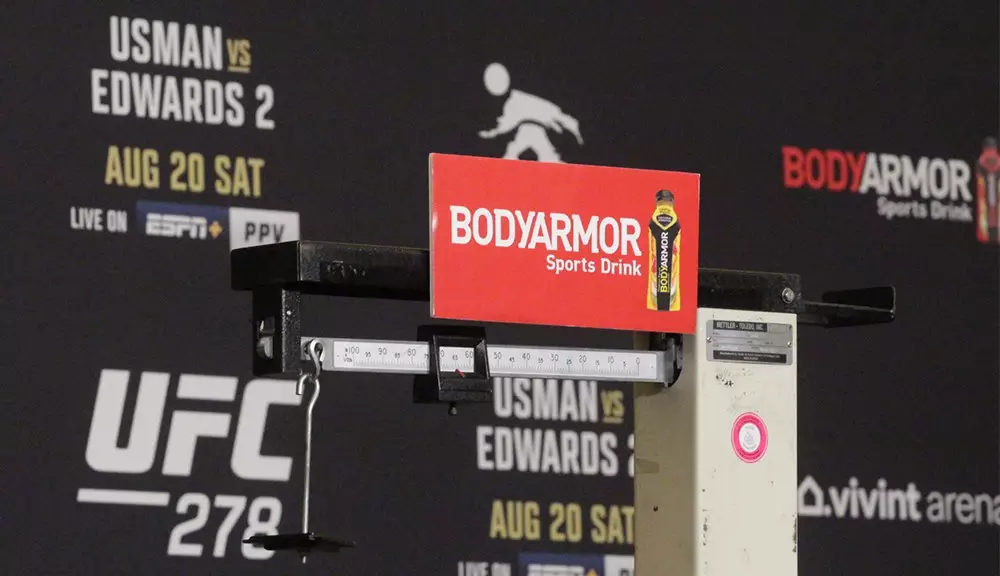Mixed Martial Arts (MMA) is a sport that not only demands physical prowess and mental agility but also imposes stringent requirements on fighters regarding their weight. Weigh-ins serve as a pivotal moment in the fight preparation process, yet many fighters find themselves grappling with the challenge of meeting their designated weights. Unfortunately, the history of MMA is peppered with instances where fighters have failed to do so, leading to speculation about the multitude of factors that can contribute to these weigh-in fumbles.
The process of making weight is a double-edged sword for many fighters. While dropping weight is integral for competing in their respective divisions, the techniques employed can sometimes border on the extreme. Fighters may employ dangerous cutting methods, which can result in dehydration and fatigue. This unyielding pressure to meet weight requirements can translate to tragic errors, as seen in various high-profile occurrences. Fighters who fail to find that balance between losing weight and maintaining their health often become victims of their own preparation.
Weigh-in day is characterized by a mix of anxiety and anticipation. As fighters step onto the scale, a countless number of hours spent training and cutting weight culminate in that single moment. However, the celebration of hitting the target weight can quickly turn sour when a fighter mismanages their cut. If the weight they recorded on the scale exceeds their contracted limit, not only is their professionalism questioned, but their match can also be at risk of cancellation. The ramifications of these weigh-in failures extend far beyond a single opportunity; they can tarnish reputations and derail promising careers.
The sport has witnessed a significant number of weigh-in blunders throughout its history, shedding light on just how prevalent an issue this has become. Events where three or more fighters fail to make weight have happened on several occasions since the inception of MMA. The staggering realization is that missing weight is not an isolated incident; whether it’s due to poor training practices, injuries, or fluctuating diets, the consequences are felt deeply across the board.
For example, several UFC events have seen a multitude of misses. Take, for instance, the weigh-ins on February 13, 2015, held at the 1STBANK Center in Broomfield, Colorado. The roster of fighters failing to make weight that day included Middleweight Patrick Walsh and Lightweight James Moontasri, among others. Such events frequently highlight the unpredictability of weigh-in day, leaving fans and fighters alike in a state of suspense.
The 2019 weigh-in at Talking Stick Resort Arena in Phoenix marked a notable moment in MMA history with fighters like Manny Bermudez and Jessica Penne coming in above their limits. During these chaotic weigh-in sessions, athletes are often left scrambling to make last-minute adjustments in hopes of avoiding suspension or other penalties.
Missteps at weigh-ins not only impose financial penalties, but they also impact fighter preparation and psychological readiness. The stress of having to lose weight and then perform a day later can mentally cloud a fighter’s clarity, resulting in lackluster performances on fight night. These moments often attract scrutiny from analysts and fans who dissect every facet of a fighter’s regimen. When a fighter misses weight, it raises questions regarding their commitment to the sport, their training camp strategies, and the overall professionalism of MMA athletes.
Moreover, the prevalence of weigh-in issues complicates matchmaking. Once a fighter is unable to make weight, matchmakers must reevaluate bout outcomes; fighters who otherwise would have faced each other may find their opportunities shifted or lost altogether. As witnessed numerous times throughout UFC history, failures at weigh-ins often lead to mismatches or late replacements, hampering a fight card’s integrity and affecting fan expectations.
It’s clear that the weight-cutting process in MMA is fraught with challenges that can lead to severe consequences. Therefore, the need for systemic changes within the sport has become increasingly apparent. Organizations like the UFC are faced with the responsibility to implement better protocols and education on safe weight management practices for fighters. With paired emphasis on health and safety, organizations must ensure that their athletes are equipped with the knowledge to navigate these waters effectively.
The issue of weigh-in blunders in MMA is not a mere glitch in the system, but a multifaceted dilemma demanding attention and reform. As fighters continue to press against the limits of their bodies, the sport must evolve in a way that prioritizes athlete well-being alongside competitive fairness. Addressing these complexities will not only enhance the integrity of the sport but may also foster a culture of respect and professionalism among those who choose to step into the cage.

